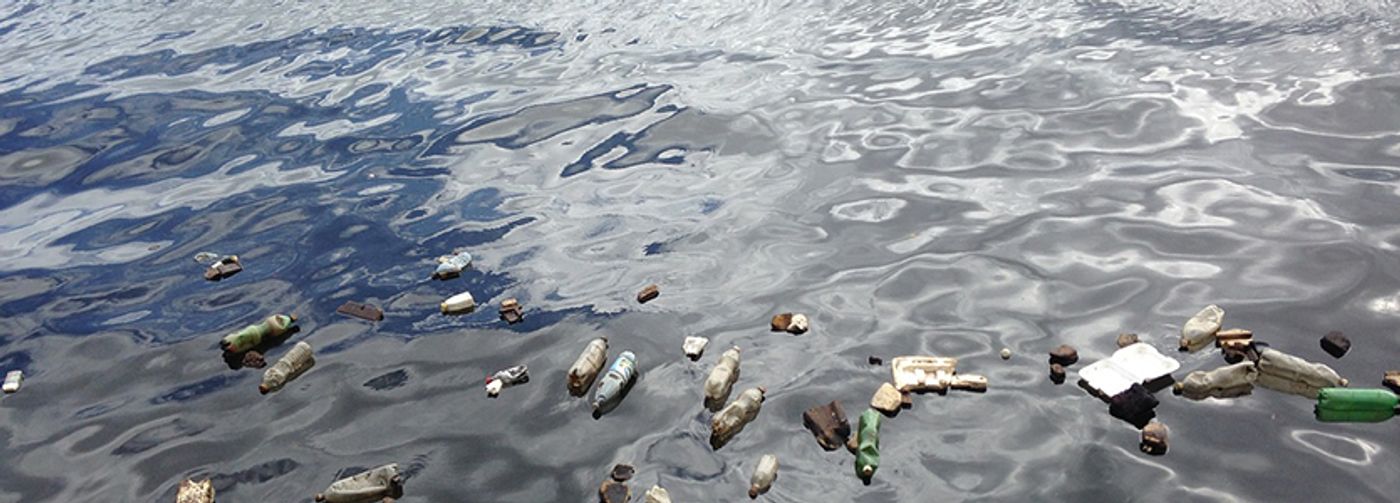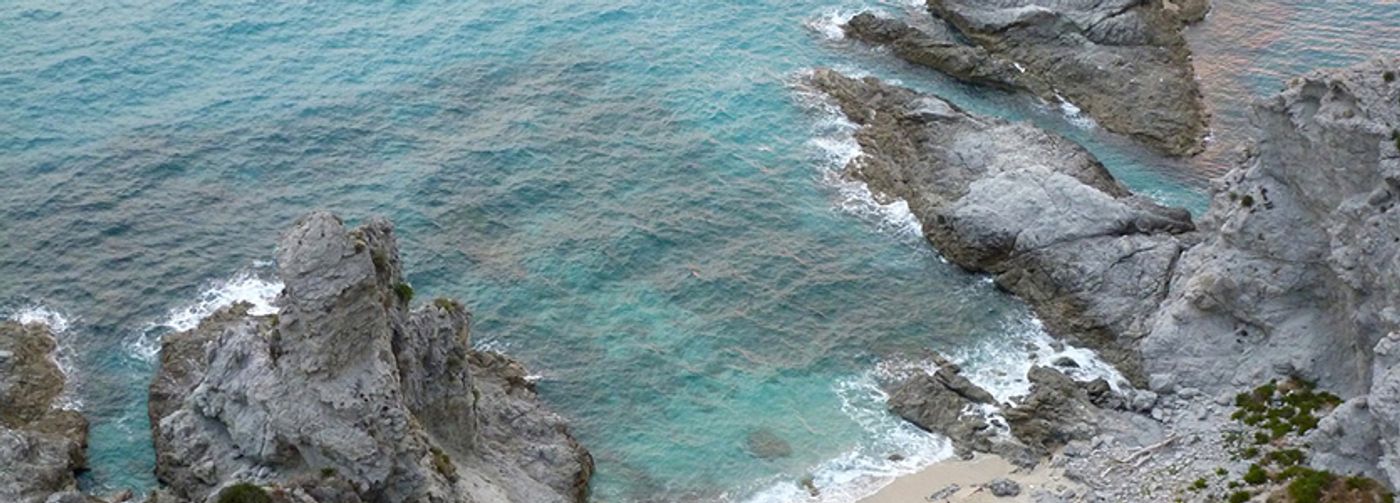New Study Reveals Amount of Microplastics on Seafloor
Microplastics—the often microscopic plastic particles resulting from the breakdown of large plastic items or materials—have infiltrated nearly every habitat on Earth, including the seafloor. A recent international research project measured levels of microplastics in one region and revealed the highest number discovered thus far. According to an article from the University of Manchester, the research team found the area studied to have up to 1.9 million microplastics covering one square meter of ocean floor.
The study was conducted by scientists from the University of Manchester, National Oceanography Centre, University of Bremen, IFREMER, and Durham University. The results of this project were published in the journal Science this week.
According to the study, although it is widely believed that the bulk of plastic waste is held in surface ocean gyres, they only account for 1% of the “global marine plastic budget.” The other 99% is in the deep sea. The study states that a large portion of that 99% includes mostly microplastics from manufactured particles, synthetic textiles, or pieces of broken-down larger plastics. Because microplastics can be ingested by organisms lower on the food chain, the study reports that it is essential to understand where they are accumulating and how they will impact seafloor ecosystems.
As stated in the University of Manchester article, the project showed how deep-sea currents transport microplastics across the seafloor. The study says that the thermohaline currents that transport nutrients also build large accumulations of sediments that may create these microplastic hotspots. The research was conducted in the Tyrrhenian Sea, where the East Corsican Current drives ocean circulation.
In the article, Dr. Ian Kane from the University of Manchester and lead study author said, “almost everybody has heard of the infamous ocean ‘garbage patches’ of floating plastics, but we were shocked at the high concentrations of microplastics we found in the seafloor.” He reports that they discovered that the microplastics are not evenly distributed across the seafloor, but concentrated in certain areas as currents distribute them.
The study reports that every seafloor sample contained microplastics, which were dominated by 70 to 100% fibers. Their results yielded the highest values recorded from the deep seafloor. Every 50 grams of sediment contained up to 182 fibers and nine fragments, a total of 191 microplastics. The study states that these results are even higher than the levels previously recorded in deep-sea trenches and more than twice what was documented in submarine canyons.
In a statement to the University of Manchester, Dr. Mike Clare of the National Oceanography Centre said, “the results highlight the need for policy interventions to limit the future flow of plastics into natural environments and minimize impacts on ocean ecosystems.”
Sources: University of Manchester, Science










